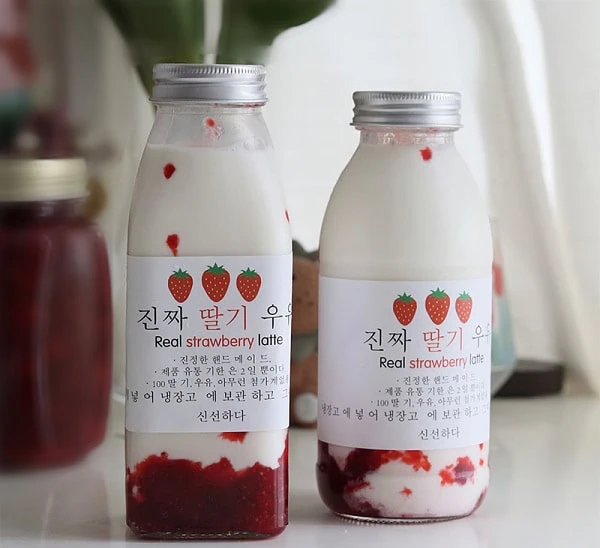Yes, glass milk bottles can definitely be recycled, and in fact, glass is one of the most environmentally friendly materials when it comes to recycling. Here’s why glass milk bottles are easily recyclable and how the recycling process works:
Glass is 100% Recyclable
Unlike many other materials, glass is 100% recyclable, meaning it can be reused indefinitely without losing quality. This is one of the biggest advantages of glass bottles. When you recycle a glass milk bottle, it can be melted down and turned into new glass products—whether it’s another milk bottle or different types of glassware—without any degradation in material quality.
This makes glass an incredibly sustainable option for packaging because the same glass can be recycled over and over again, reducing the need for new raw materials and conserving natural resources.
The Recycling Process for Glass
Recycling glass is relatively simple and straightforward compared to other materials. Here’s how it typically works:
- Collection: Once used, glass bottles are collected either by curbside recycling programs or through bottle-return systems (common in some regions).
- Sorting and Cleaning: The bottles are sorted by color (clear, green, brown) and thoroughly cleaned to remove any residue or labels.
- Crushing and Melting: The clean bottles are then crushed into small pieces, called cullet. Cullet is easier to melt and uses less energy than raw materials. The crushed glass is then melted in a furnace and reshaped into new glass products.
- Manufacturing New Products: The melted glass can be used to create new bottles, jars, or even other glass products, like windows or tiles. This closed-loop system means that glass can be continuously recycled without losing its strength or clarity.
Energy Efficiency in Recycling
Recycling glass requires less energy than producing new glass from raw materials. When using cullet (recycled glass), manufacturers save energy because the cullet melts at a lower temperature than raw sand, soda ash, and limestone. As a result, the carbon footprint of recycling glass is lower than the carbon footprint of creating new glass from scratch.
In fact, using 100% recycled glass in manufacturing can save up to 30% of the energy required to make new glass bottles.
Reducing Landfill Waste
Because glass is infinitely recyclable, it helps reduce the amount of waste that ends up in landfills. Unlike plastic, which takes hundreds of years to decompose, glass doesn’t break down and is not a significant contributor to landfill waste. When properly recycled, glass milk bottles can be reused in new products, preventing unnecessary accumulation of waste.
Benefits to the Environment
Recycling glass not only reduces waste but also cuts down on the need to extract raw materials from the earth. The production of glass requires mining natural resources like sand, soda ash, and limestone, which can have environmental impacts. By recycling glass, we reduce the need for these mining activities, helping to preserve natural habitats and reduce energy consumption.
Additionally, recycling glass saves water and reduces pollution, making it a more eco-friendly option compared to manufacturing new glass bottles.

Conclusion
Yes, glass milk bottles can absolutely be recycled. In fact, glass is one of the most sustainable packaging materials because it can be recycled infinitely without losing its quality. The recycling process for glass is energy-efficient, helps reduce landfill waste, and conserves natural resources. Moreover, glass recycling also cuts down on the environmental impacts of mining raw materials.
By choosing glass milk bottles, consumers and businesses can contribute to reducing waste, conserving resources, and promoting a more sustainable, circular economy. Glass is not only a safer, healthier option for storing milk but also an environmentally responsible choice.

